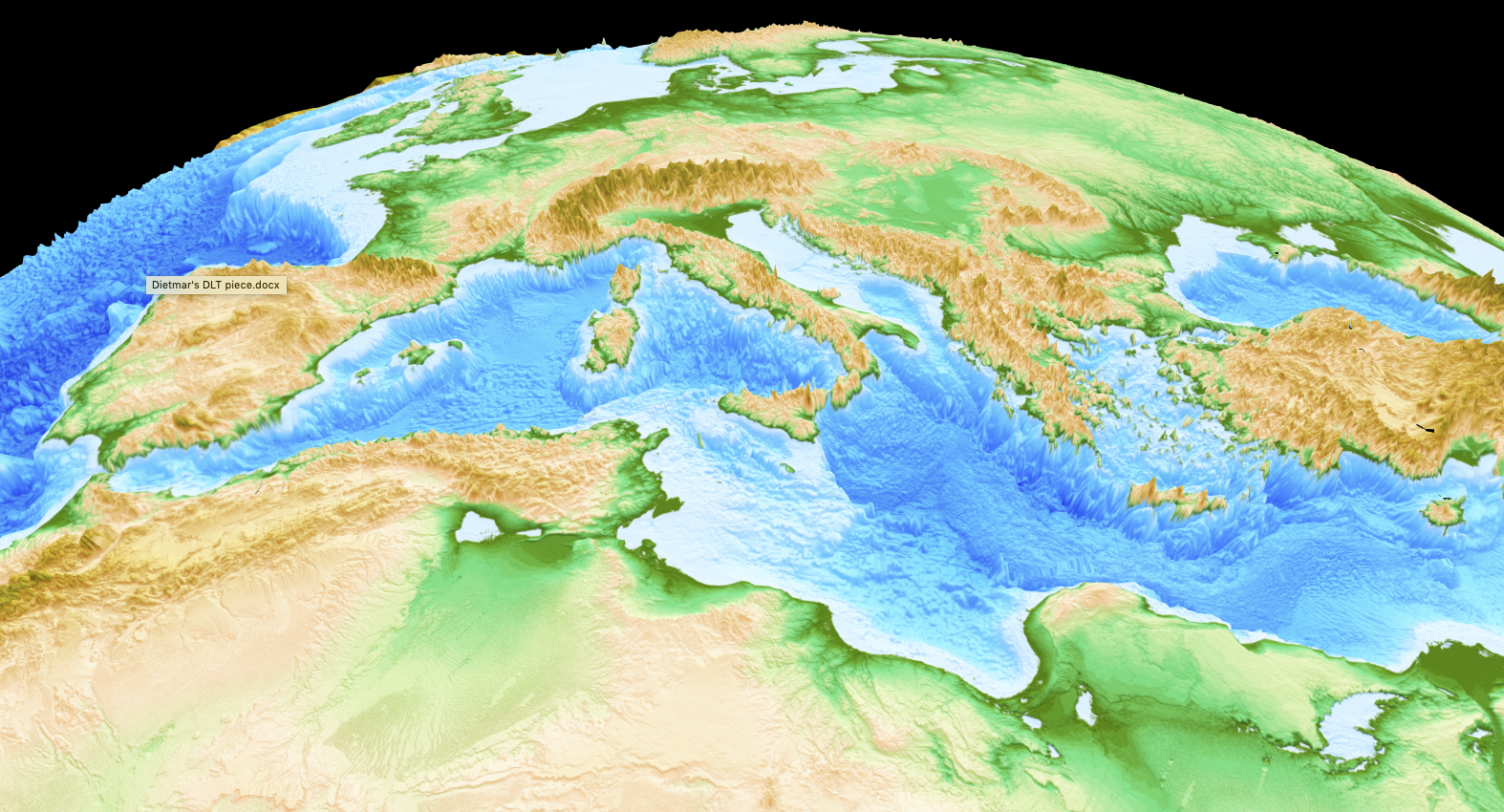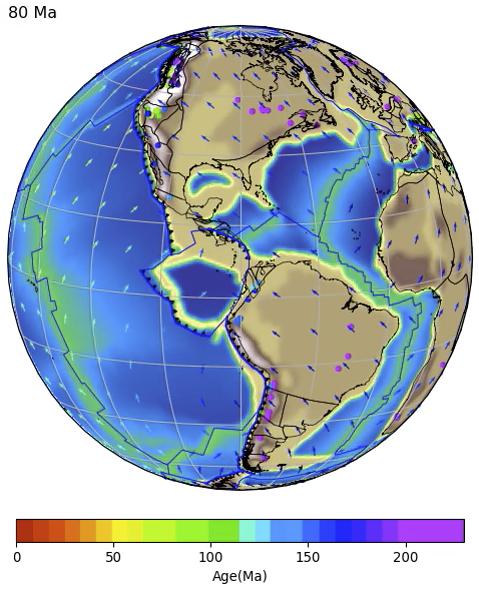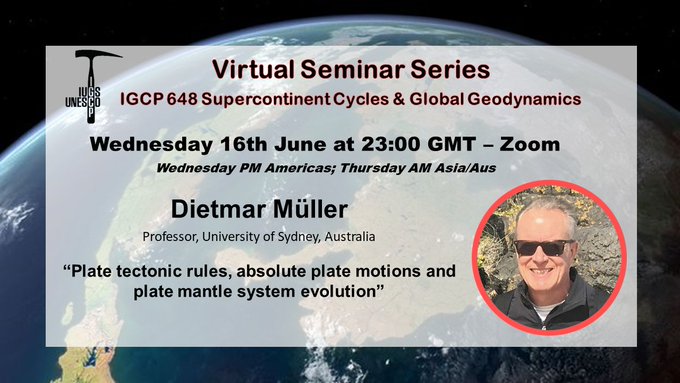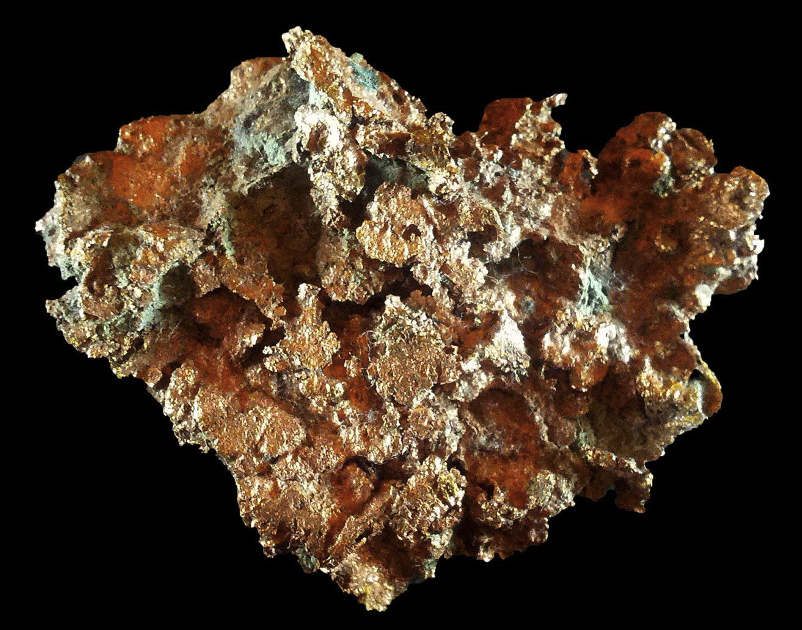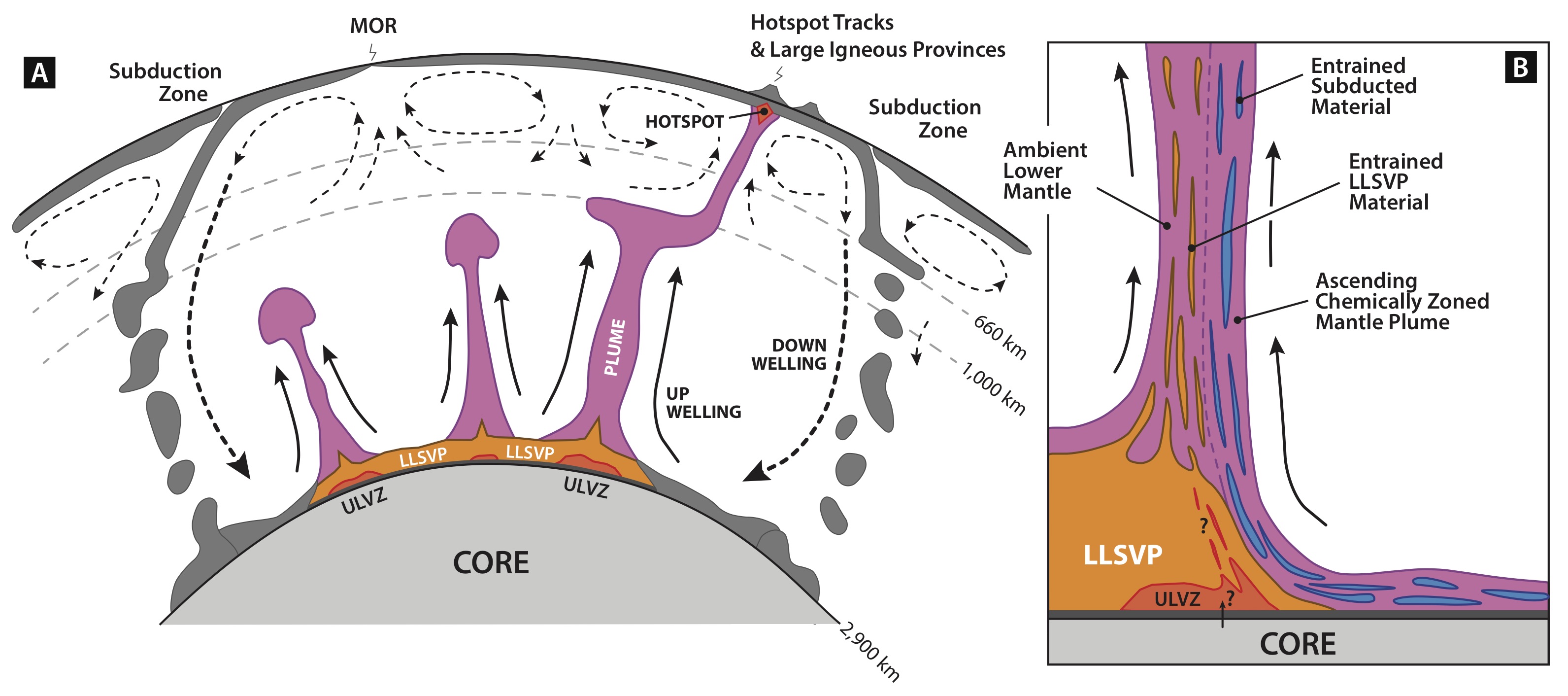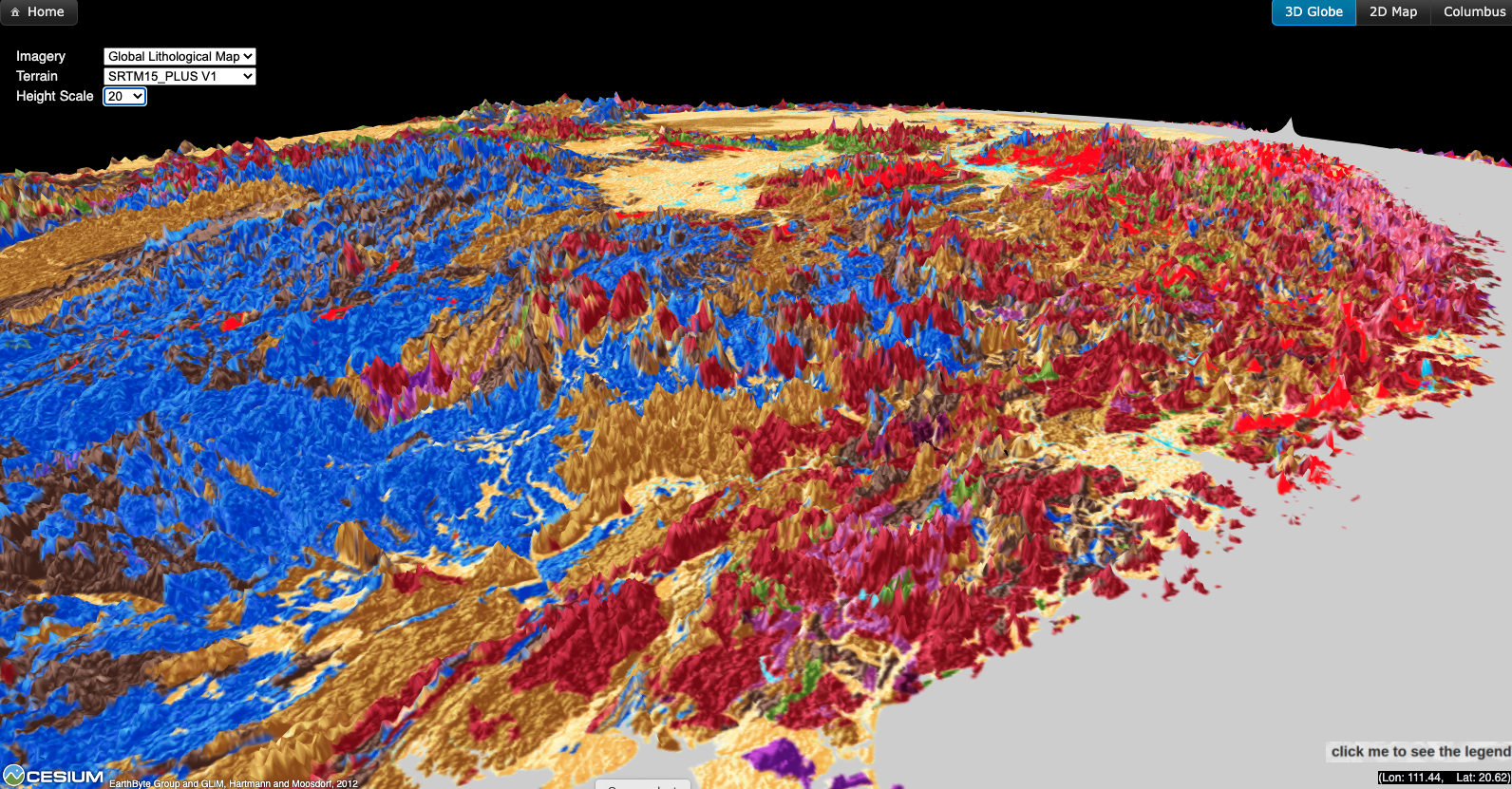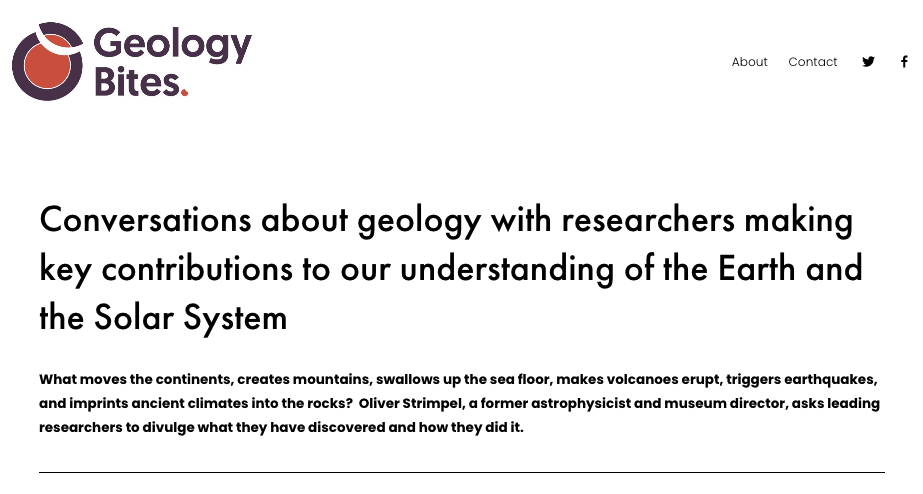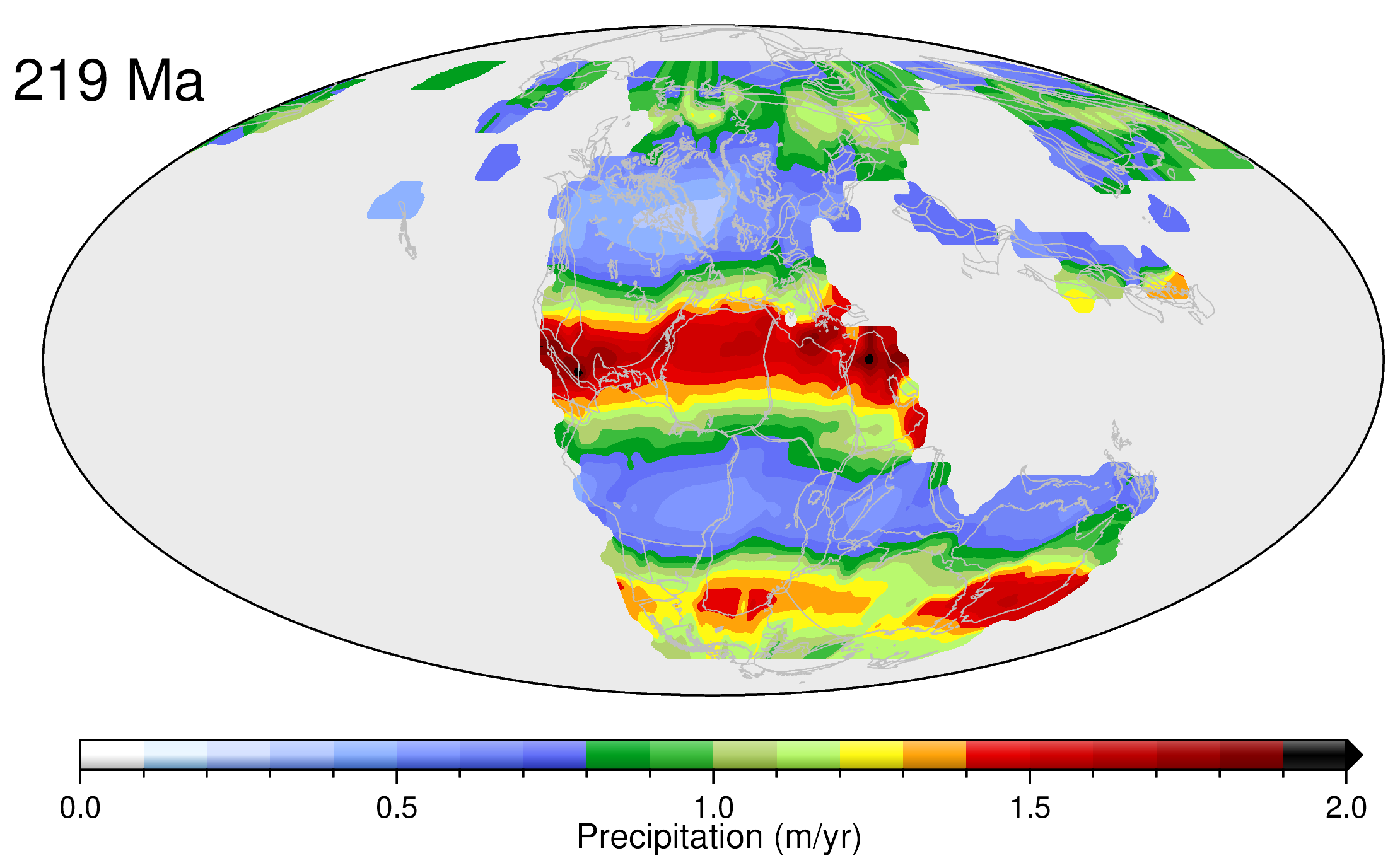Kinematics and extent of the Piemont–Liguria Basin – implications for subduction processes in the Alps
Assessing the size of a former ocean of which only remnants are found in mountain belts is challenging but crucial to understanding subduction and exhumation processes. Here we present new constraints on the opening and width of the Piemont–Liguria (PL) Ocean, known as the Alpine Tethys together with the Valais Basin. We use a regional … Read more…

